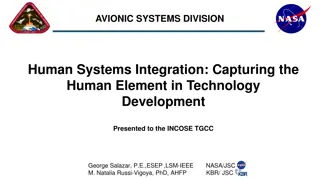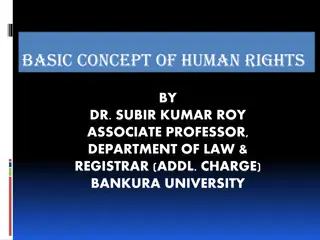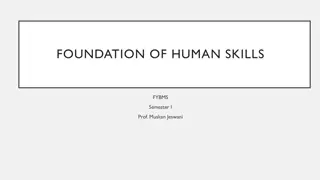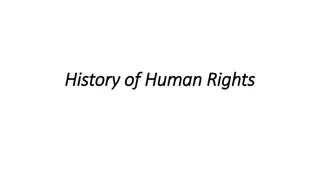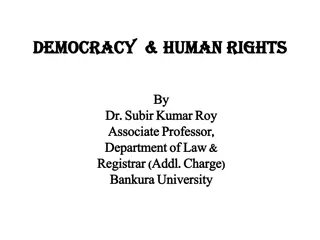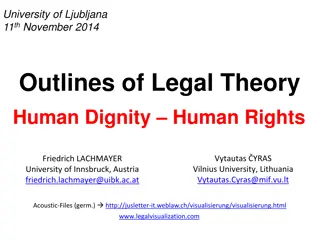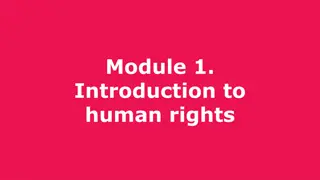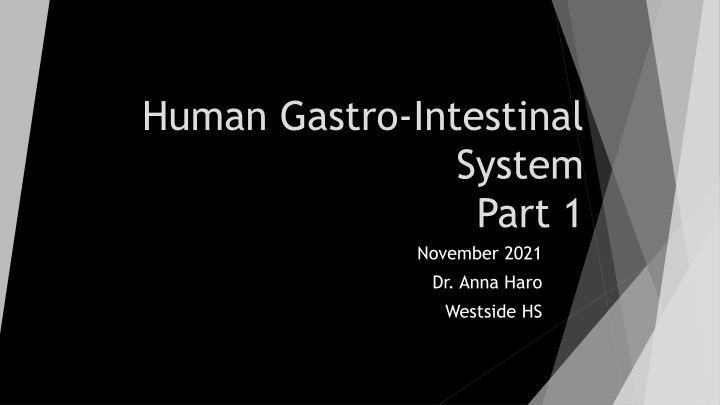
The Human Gastrointestinal System
Explore the anatomy and function of the human gastrointestinal system, including digestion, absorption, metabolism, and excretion processes. Learn about the ADME functions and the pathway of food through the GI tract. Discover the role of hollow and solid organs in the digestive system.
Download Presentation

Please find below an Image/Link to download the presentation.
The content on the website is provided AS IS for your information and personal use only. It may not be sold, licensed, or shared on other websites without obtaining consent from the author. If you encounter any issues during the download, it is possible that the publisher has removed the file from their server.
You are allowed to download the files provided on this website for personal or commercial use, subject to the condition that they are used lawfully. All files are the property of their respective owners.
The content on the website is provided AS IS for your information and personal use only. It may not be sold, licensed, or shared on other websites without obtaining consent from the author.
E N D
Presentation Transcript
Human Gastro-Intestinal System Part 1 November 2021 Dr. Anna Haro Westside HS
LEARNING Objectives TEKS: 130.231.(c)(1)(A, & B) and 130.231.(c)(2)(A, B, C, F, & G) & (3)(B) Students will apply knowledge of human and cellular biology. Students will develop knowledge of the anatomy and physiology of the human gastro-intestinal system (GI). Students will analyze the ADME process of digestion. Students will compare the function of the hollow organs of the GI tract.
Objetivos de aprendizaje TEKS: 130.231.(c)(1)(A, & B) and 130.231.(c)(2)(A, B, C, F, & G) & (3)(B) . Los estudiantes aplicar n conocimientos de biolog a humana y celular. Los estudiantes desarrollar n el conocimiento de la anatom a y fisiolog a del sistema gastrointestinal (GI) humano. Los estudiantes analizar n el proceso de digesti n. Los estudiantes comparar n la funci n de los rganos huecos del tracto gastrointestinal.
Human gastrointestinal system The main function of the human GI system is the ____________ of food. Digestion begins in the mouth and concludes with waste excretion from the anus. The GI system consists of hollow organs, solid organs and ancillary parts (ex. liver, pancreas, and sphincters)
Digestions role and the pathway of food Digestion is crucial for the break down, absorption, distribution, metabolism, and excretion of _____________. Food moves through the entire GI tract from the mouth to the anus in the following order: 1.Mouth 2.Esophagus 3.Stomach 4.Small intestine 5.Large intestine 6.Rectum 7.Anus
Human GI tract Image from: https://my.clevelandclinic.o rg/health/articles/7041-the- structure-and-function-of- the-digestive-system Question: What digestive part is not labeled in the image?
What is ADME? ADME is the acronym for functions of the GI system (FYI: all ingested drugs/medications complete ADME process to affect their pharmacologic action in the human body): A = Absorption food is broken down into micronutrients and macronutrients that are absorbed (mainly in the small intestine) to provide the body energy. D = Distribution micro and macronutrients are distributed throughout the body in the blood stream. M = Metabolism the chemical process of breaking down food and building molecules that can be utilized by the human body. The liver is the body s primary metabolic organ. E = Excretion the removal of waste products from the body. Discussion (trick) question: are the kidneys and bladder part of the GI system?
Physiology of the (hollow) GI tract 1.Mouth chewing breaks down food into smaller particles, and saliva contains enzymes that begin to break down starch (carbohydrates). Saliva adds moisture to provide lubrication. 2.Esophagus transport food from mouth to stomach and prevent reflux 3.Stomach breakdown of food into usable particles, slow release into the small intestine (highly acidic environment - HCl). Chyme is the substance that passes out of the stomach and into the duodenum of the _________ _____________. 4.Small intestine 5.Large intestine 6.Rectum
Physiology of the (hollow) GI tract 4. Small intestine assists with more digestion and break down of food. Main function is the absorption of vitamins, minerals, fats, proteins, and carbohydrates. Discussion Questions: what are the micronutrients and macronutrients obtained from food? Which provide energy in the form of calories? 5. Large intestine - absorb water and products from the material that has not been digested as food, and get rid of any waste products. By the time food mixed with digestive juices reaches your large intestine, most digestion and absorption has already taken place. 6. Rectum connects the large intestine (colon) to the anus, storing feces until evacuation via a bowel movement (BM). 7. Anus detects the feces to control release from the body.
Major Grade Group Assignment (posted on the HUB) Groups of 4. Due Friday, at the BEGINNING of class.
What are your questions about the GI system? Please ask, email, use Remind, or TEAMS. Remember the HON-code? https://www.hon.ch/HONcode/. Even if you cannot find the HON-code stamp, please use the principles of website evaluation. Authority, confidentiality, complementary, attribution, justification, transparency, financial disclosure, and advertising policy (HON-code, 2019).
References https://my.clevelandclinic.org/health/articles/7041-the-structure-and- function-of-the-digestive-system http://mcb.berkeley.edu/courses/mcb32/Miller%20notes- %20digestive%20system%20 https://www.britannica.com/science/chyme https://www.chp.edu/our- services/transplant/intestine/education/about-small-large-intestines



